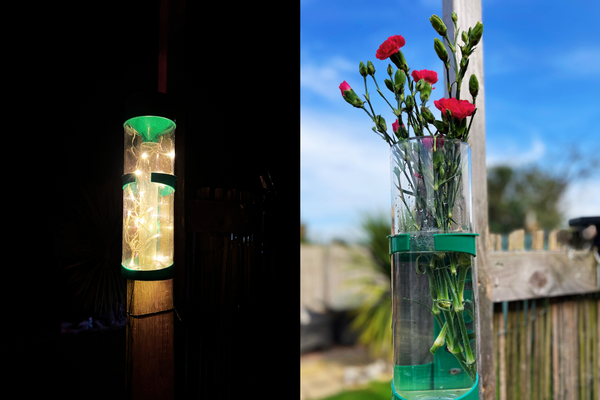5 Ideal Spots for a Hygrometer

3 minute read
Have you ever asked yourself why people are more likely to suffer from various illnesses during the winter months? One of the primary contributing factors is the variation in humidity levels When the air becomes too dry, it creates an environment where certain viruses thrive, and it can also dry out our nasal passages, making it easier for illnesses to take hold. This is where a hygrometer comes in handy. By monitoring indoor humidity, you can maintain a healthier and more comfortable living environment. To make the most of your hygrometer, proper placement is essential. Here are 5 ideal spots in your home where a hygrometer can make a big difference:
1. Living Room
The living room is amongst the most common places in the house. This is the place where family members relax and watch television and this is where guests are welcomed when they come over. Therefore it is an important area for humidity control. Keeping the humidity at a reasonable level will enhance everyone’s enjoyment and health. Leaving the air dry in the living room may result in dry skin, suffocation, dry eyes and breathing problems or even asthma if left for too long.
2. Bedroom/Nursery
A bedroom is another common place for a hygrometer since it is another space in the house that is used quite frequently. We spend about a third of our lives sleeping and the air quality in the bedroom has a major impact on overall health. If the air is too dry, then it may lead to nasal congestion, sore throats and dry skin, hence negatively affecting sleep quality. On the flip side, if humidity existed in high levels, it would contribute to the growth of mould and dust mites. Placing a hygrometer in your bedroom allows you to ensure that humidity stays within an optimal range, helping you sleep more comfortably.
Babies are more sensitive to environmental changes than adults, therefore maintaining proper humidity in their room is important for their overall health. If the air is too dry, it can irritate a baby’s delicate skin and respiratory system. On the other hand, too much moisture can increase the risk of mould, which can trigger allergies and breathing problems. A hygrometer placed in the nursery can help parents maintain a healthy humidity balance, ensuring that their baby’s sleeping environment is as comfortable as possible and prevent any illnesses.
3. Kitchen/Bathroom
The kitchen and bathrooms are notorious for being the most humid rooms in a home and experience extreme humidity fluctuations due to factors such as cooking, boiling water, hot showers and baths. If humidity levels aren’t monitored, this excess moisture can lead to condensation on windows, ceilings, and walls, creating the perfect environment for mould growth. A hygrometer in the kitchen allows you to keep an eye on humidity levels, so you can use ventilation, such as range hoods, extractor fans, and windows to reduce excess moisture as needed. Make sure when placing a hygrometer in the kitchen or bathroom to keep away from places that could skew the measurements such as near a kettle, cooker, or right above the shower.
4. Garage
Garages often have poor insulation and are more exposed to outdoor temperature changes, making them susceptible to humidity fluctuations. If you store tools, electronics, or other sensitive equipment in your garage, excessive moisture can lead to rust and damage. Some people also tend to store baby supplies such as prams and car seats. It is advisable that those supplies are properly packaged as moisture can degrade the fabric components. Having a hygrometer in your garage helps you keep track of humidity and take action to protect your valuables.
5. Other Uses for a Hygrometer
- Instrument Storage: Musical instruments, such as guitars and violins, are made of wood and are sensitive to changes in humidity, which can cause damage or detuning. By placing a hygrometer in your instrument storage space, you can protect your instruments and ensure they stay in optimal playing condition.
- Reptile Enclosures: Reptiles have very specific humidity needs based on their natural habitats. Placing a hygrometer in their enclosure allows pet owners to create the ideal humidity setting for their reptiles.
Humidity levels play a significant role in our health, comfort, and the condition of our homes and belongings. Placing a hygrometer in key areas like the living room, bedroom, kitchen, bathroom, baby’s room and garage ensures you’re always in control of your indoor environment. By keeping tabs on humidity, you’ll create a healthier, more comfortable living space while protecting your valuable possessions.
Also in Metcheck News

Dry Days? Try These Rain Gauge Hacks This Spring
Rain in short supply? Don’t let your rain gauge sit idle! Here are some unexpectedly fun ways to put it to use during a dry spell.

Closing the Early Warning Gap with Metcheck
Extreme weather events are becoming more frequent and severe, making early warnings crucial. Unfortunately, access isn't universal.

Sunshine or Shadows? The Groundhog Decides
Will it be 6 more weeks of winter or will there be an early spring? Read on to find out more about this North American tradition.
